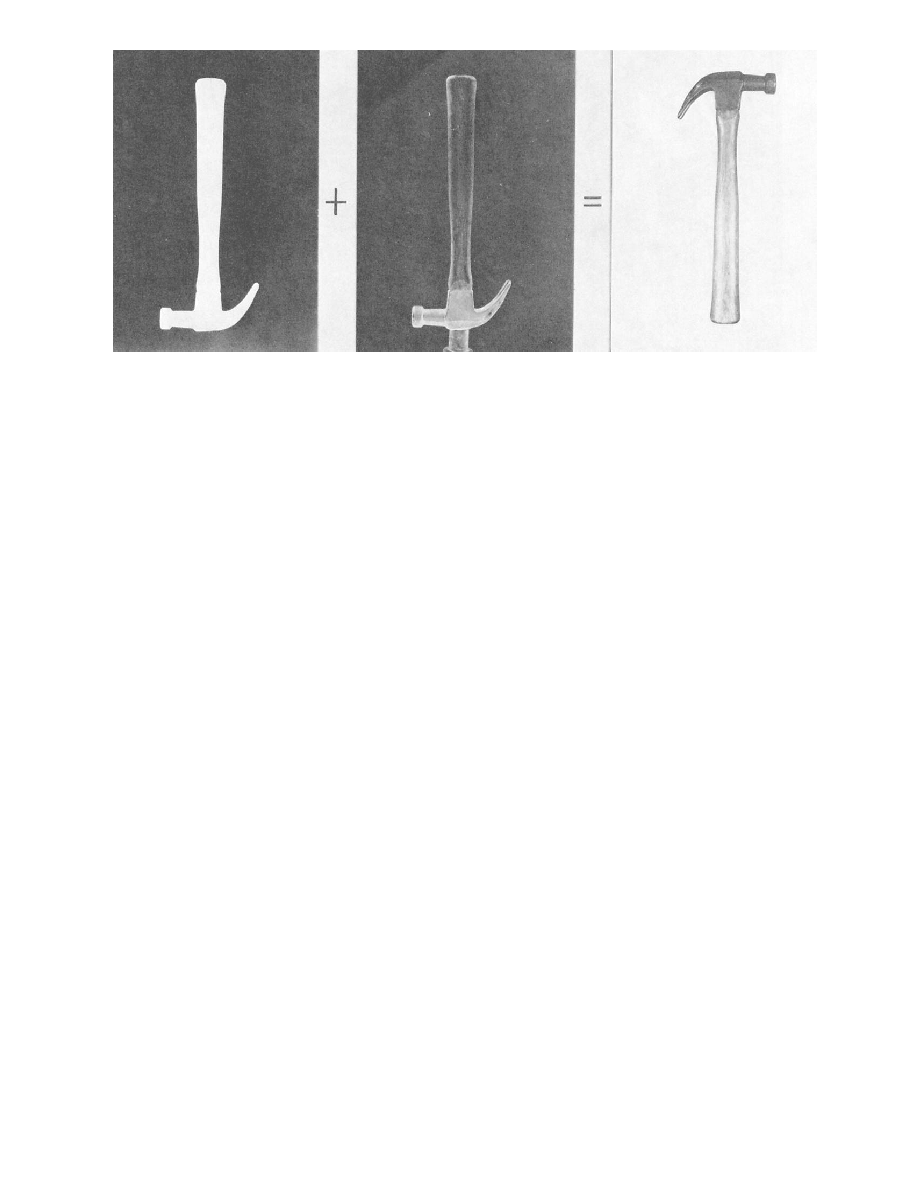
DOFMaster
for Windows
On-line
Depth of Field
Calculator
DOFMaster for Mobile Devices
On-line
Depth of Field
Table
Hyperfocal
Distance Chart
Articles
FAQ
Recommended
Books
Support
Contact
Links
Home
for Windows
On-line
Depth of Field
Calculator
DOFMaster for Mobile Devices
On-line
Depth of Field
Table
Hyperfocal
Distance Chart
Articles
FAQ
Recommended
Books
Support
Contact
Links
Home
As an Amazon Associate I earn from qualifying purchases.
![]()
technique involves two negatives. Two separate pictures
are made of the product setup. One exposure on
continuous-tone film is made of the product lighted
film, is made of the object silhouetted against a well-lit
white background. The two negatives are then
sandwiched together and printed.
little different. Figure 6-17 shows a typical setup for this
be opaqued out of your line copy or background
negative. A light table may make a good support, but
when some other support is used, keep it far enough
from the background so the background can be lighted
separately.
ground or visually separating the product from the
background. In fact, with this technique, lighting that
separates the subject from the background may cause a
used to make the background negative has a short
exposure latitude.
ground negative.
Only the lights for the exposure being made should be
camera must be rock steady-it cannot move between
exposures.
reflections bouncing off the background onto the
subject, and use only the background lights. When
making the subject exposure, use only the subject lights.
printing the photograph to exact size.
Basic Photography Course

As an Amazon Associate I earn from qualifying purchases.
WWW.DOFMASTER.COM
© 2006 Don Fleming. All rights reserved.
© 2006 Don Fleming. All rights reserved.